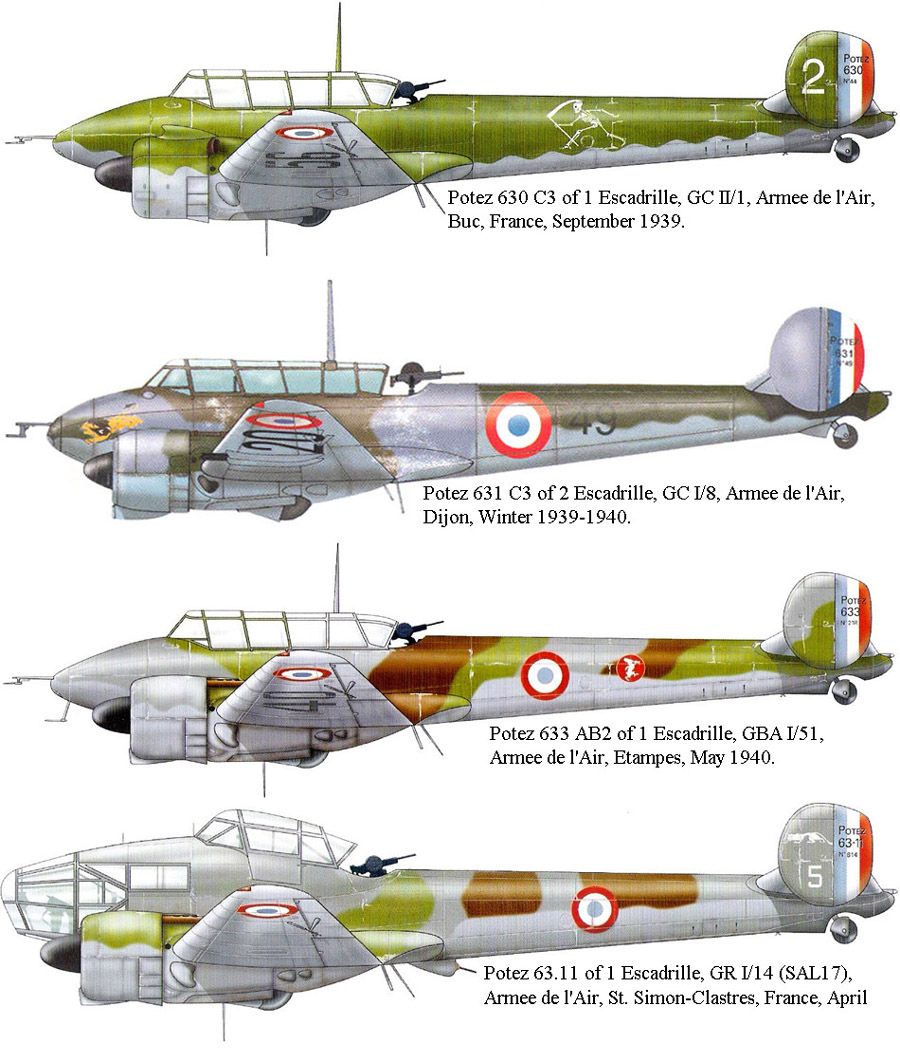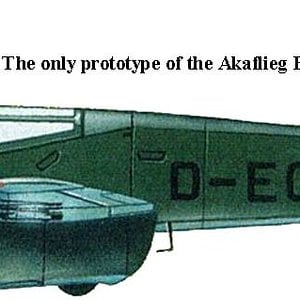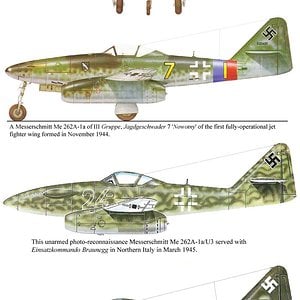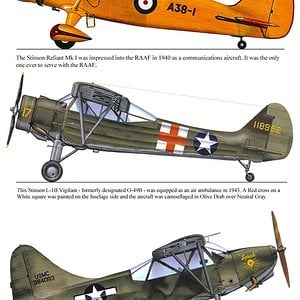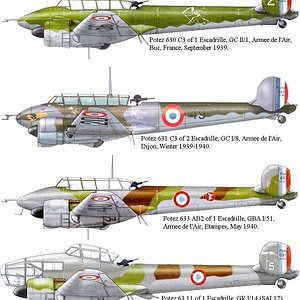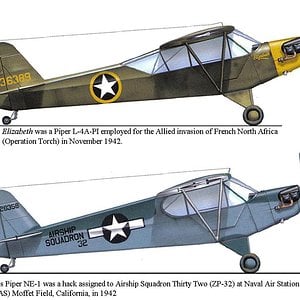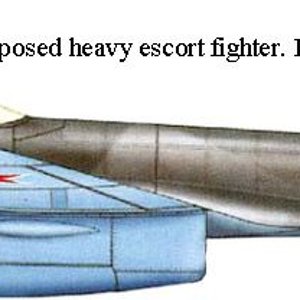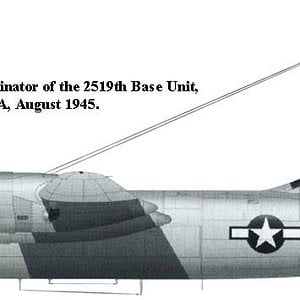Navigation
Install the app
How to install the app on iOS
Follow along with the video below to see how to install our site as a web app on your home screen.
Note: This feature may not be available in some browsers.
More options
You are using an out of date browser. It may not display this or other websites correctly.
You should upgrade or use an alternative browser.
You should upgrade or use an alternative browser.
The Potez 630 and its derivatives were a family of twin-engined aircraft developed for the Armée de l'Air in the late 1930s.
The original Potez 630 was built to meet the requirements of a 1934 heavy fighter specification which also resulted in the successful Breguet 690 series of attack aircraft. The prototype first flew in 1936 and proved to have excellent handling qualities.
The Potez 630 was a twin engine, monoplane, fully metallic three-seater with efficient aerodynamic lines and twin tailplanes. The long glasshouse hosted the pilot, an observer or commander who was only aboard if the mission required it, and a rear gunner who manned a single flexible light machine gun.
The Potez 630's engines proved so troublesome that most units had re-equipped with the Potez 631 before World War two began. The Potez 633 saw only brief operational service with the Armée de l'Air in Europe when aircraft from two units undertook a sortie near Arras on May 20, 1940; two days later the aircraft was withdrawn from front-line service.
More than 700 Potez 63.11 were delivered by June 1940, of which more than 220 were destroyed or abandoned, despite the addition of extra machine gun armament; the heaviest losses of any French type. The Potez 63.11 continued in service with the Vichy air force and with the Free French forces in North Africa seeing action with both. Production was resumed under German control and significant numbers appear to have been impressed by the Germans, mostly in liaison and training roles.
All members of the family (possibly except the Potez 63.11) shared pleasant flying characteristics. They were well designed for easy maintenance and later models had a heavy armament for the time (up to 12 light machine guns for the Potez 63.11). They were also quite attractive aircraft. Although not heavily built they proved capable of absorbing considerable battle damage. Unfortunately the Potez 63 family, like many French aircraft of the time, simply did not have sufficiently powerful engines to endow them with an adequate performance. In the stern test of war they proved easy meat for prowling Messerschmitts, like their British contemporaries the Fairey Battle and Bristol Blenheim. Their similarity to the Bf 110 (twin engines, twin tail, long 'glasshouse' canopy) was sufficient that some were apparently lost to 'friendly fire'.
Info: Wikipedia
http://en.wikipedia.org/wiki/Potez_630
Profiles: Wings Palette
http://wp.scn.ru/en/
The original Potez 630 was built to meet the requirements of a 1934 heavy fighter specification which also resulted in the successful Breguet 690 series of attack aircraft. The prototype first flew in 1936 and proved to have excellent handling qualities.
The Potez 630 was a twin engine, monoplane, fully metallic three-seater with efficient aerodynamic lines and twin tailplanes. The long glasshouse hosted the pilot, an observer or commander who was only aboard if the mission required it, and a rear gunner who manned a single flexible light machine gun.
The Potez 630's engines proved so troublesome that most units had re-equipped with the Potez 631 before World War two began. The Potez 633 saw only brief operational service with the Armée de l'Air in Europe when aircraft from two units undertook a sortie near Arras on May 20, 1940; two days later the aircraft was withdrawn from front-line service.
More than 700 Potez 63.11 were delivered by June 1940, of which more than 220 were destroyed or abandoned, despite the addition of extra machine gun armament; the heaviest losses of any French type. The Potez 63.11 continued in service with the Vichy air force and with the Free French forces in North Africa seeing action with both. Production was resumed under German control and significant numbers appear to have been impressed by the Germans, mostly in liaison and training roles.
All members of the family (possibly except the Potez 63.11) shared pleasant flying characteristics. They were well designed for easy maintenance and later models had a heavy armament for the time (up to 12 light machine guns for the Potez 63.11). They were also quite attractive aircraft. Although not heavily built they proved capable of absorbing considerable battle damage. Unfortunately the Potez 63 family, like many French aircraft of the time, simply did not have sufficiently powerful engines to endow them with an adequate performance. In the stern test of war they proved easy meat for prowling Messerschmitts, like their British contemporaries the Fairey Battle and Bristol Blenheim. Their similarity to the Bf 110 (twin engines, twin tail, long 'glasshouse' canopy) was sufficient that some were apparently lost to 'friendly fire'.
Info: Wikipedia
http://en.wikipedia.org/wiki/Potez_630
Profiles: Wings Palette
http://wp.scn.ru/en/

